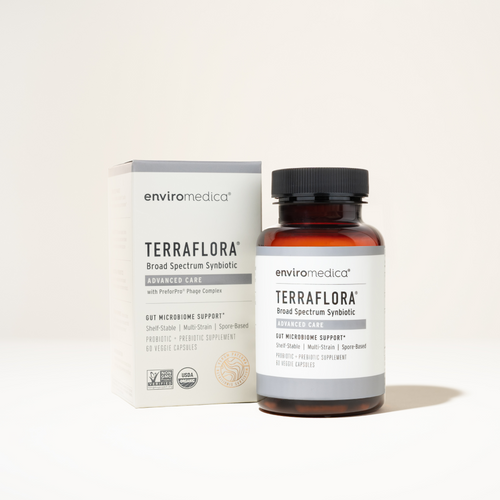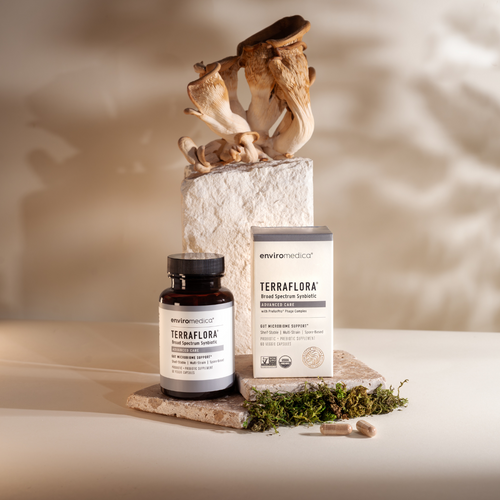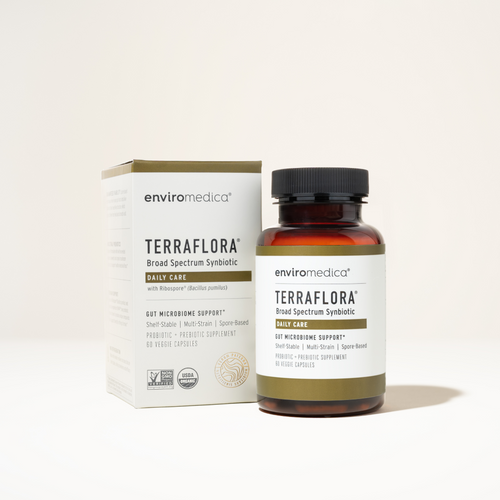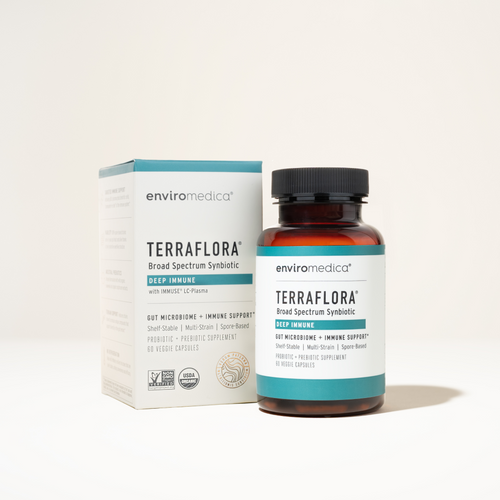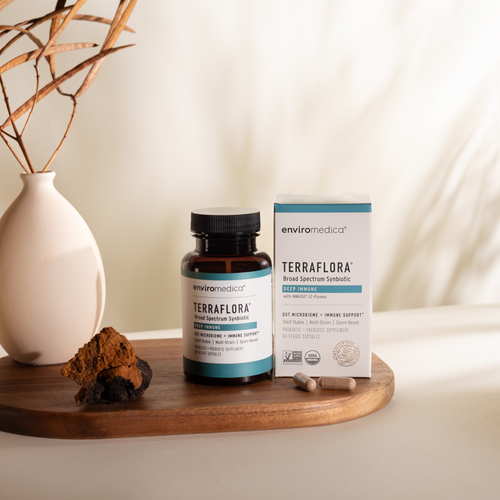What is the relationship between bacteriophages and the human microbiome?
The relationship of bacteriophages and the human microbiome has peaked an interest in many over the years. Both the gut microbiome and phages are fields not yet fully explored separately, yet their effects on the overall system are noticeable and intriguing.
An interesting observation made by scientists is that everyone’s gut microbiota is unique, which makes exploring its potential vast. Every day more and more studies prove the importance of a healthy human microbiome and how far its influence spreads across the entire body; mainly affecting immunity and metabolism. The gut microbiome is essentially a microenvironment run by cellular life forms made up of; bacteria, viruses, archaea, protozoa, and fungi, of which bacteria are the dominant microorganisms by quantity.
Human gut microbiota
The human gut microbiome is seen as an organ with its own environment, compiled of a large number of microbes, which exist in a symbiotic state. Symbiosis allows for the different microorganisms to exist in a mutually-beneficial state. There are approximately 38 billion microbes found in our gut microbiota (that is at least as many cells as are found in a whole body). This unique and beneficial relationship between foreign microorganisms and our body plays a vital part in maintaining the health of our overall system.
The presence of a pathogenic microbe causes disturbance to the gut microbiome, and unless the balance is regained, the pathogen will continue to cause damage across the entire system. For many years, antibiotics were the key to the extermination of pathogenic bacteria. However, bacteriophages have now been looked at and been taken under consideration as antibiotic resistance keeps growing. Bacteria are adapting to antibiotic effects faster than new antibiotics are being generated, which in turn has been given pathogenic bacteria the upper hand and a stronger foothold in the human system. Another under looked problem of antibiotics is the non-specificity and the targeting of all bacteria (including the good bacteria needed for a healthy gut microbiota), which results in a long-term problem to such a treatment plan.
What is the role of bacteriophages and the human microbiome?
The bacteriophage (“phage”) is a virus known as a bacteria eater; however, a more appropriate term would be natural bacteria predator.1 Phages are found in all microbial environments. The battle between phages and bacteria dates back to the beginning of life formation. Bacteriophages are very selective towards the bacteria they target. This selectiveness allows phages to eliminate a specific type of harmful bacteria, whilst leaving all the other bacteria untouched, with no known side effects to the human body.
Phages compose the majority of the viral population in the human gut microbiome. The most common order of bacteriophages found in the gut microbiota belongs to the order of Caudovirales. The order consists of three families of lytic viruses that target specific types of bacteria and archaea; Myoviridae (long contractile tails), Siphoviridae (long noncontractile tails), and Podoviridae (short non-contractile tails).
In the last decade, the viral portion of the gut microbiota has received a lot of attention. Bacteriophages used in supplements in the US; LH01-Myoviridae, LL5-Siphorviridae, T4D-Myoviridae, and LL12-Myoviridae were chosen particularly to target pathogenic strains of Escherichia coli. The selective nature of phage preference towards the targeting of bacteria allows a non-invasive approach to therapy. Scientists can filter out bacteriophages that would be effective against pathogenic bacteria and the treatment would be completely harmless to the human body and to the present beneficial bacteria.
Immune system, gut microbiome, and phages
It is in the microbiome that our body’s immunity is built, which makes maintaining its health that much more of a priority. It is often referred to as the barrier organ; playing a crucial role in protecting the rest of the body from invading microbes. The development of the gut microbiota and our immune system begins at the fetal stage. Studies show that infant microbiomes contains a diversity of beneficial bacteria, as well as some bacteria that is received from the mother’s milk. Over the years, adults tend to lose some of the bacteria, and whilst some can be replaced, others cannot. These bacteria play a very important role in maintaining a balanced environment within the body, including a healthy immune system and metabolism.
Research surrounding the effects of bacteriophages on the human immune system is also on the rise. Whilst some studies show phages can affect the immune system negatively, others show promising results in bacteriophages strengthening the system. It is important to note, bacteriophages are not all categorized under one label. The difference between virulent and temperate phages is a huge factor to consider as it directly reflects on whether bacteriophages work towards the wellbeing of the immune system, or can cause damage.
By nature, temperate phages or bacteriophages that use lysogeny, use the bacterium as a host organism and have their unique symbiotic relationship with it. They will do whatever it takes to keep their host safe and protected from invasion and ultimately death. Some studies show that this defensive mechanism can also include assistance toward the biofilm formation in bacteria. It is only when the prophage (embedded phage in the bacterium’s DNA), finds that all hope is lost for the survival of the host, that it has the ability to switch to the lytic cycle, bursting out of the bacterium in order to survive.
Lytic bacteriophages or virulent phages, are those that utilize the lysis of the bacterium and are used in phage therapy. Their mechanism is more straightforward; they target the bacterium, insert their genetic material and rapidly begin to multiply within the bacterium, ultimately killing the host by bursting out of the organism and releasing the newly formed phages. Positive immunomodulating effects were seen in studies that used lytic phages for the treatment of bacterial infections such as the use of Escherichia virus T4; a phage from the subfamily of Tevenvirinae from the family of Myovirinae.
Supplements for gut health: probiotics, prebiotic & bacteriophages
Today, probiotics are known by many as supplements that carry beneficial bacteria to our microbiome. These bacteria become part of the gut ecosystem and join the symbiotic relationship of our gut microbiota; given the environment to survive in, and in return contributing to our overall health. One of the biggest concerns towards probiotics is the quantity found in supplements. For a long time, it was considered that the larger the number of bacteria found in a probiotic supplement, the greater the chance these bacteria will have to survive the journey to the gut microbiome and thrive in their new environment. However, the quantity alone may not be as important as the nutritional conditions to allow that bacteria to flourish once the gut is reached. This is where the addition of prebiotics becomes crucial.
Prebiotics, a relatively new supplement in the market, are recognized for their importance to the sustainability and growth of beneficial bacteria in the microbiome. Prebiotics are the nutritional elements that probiotics feed on and many are found in fermented foods. Combined intake of prebiotics, together with probiotics, maximizes the chances for the beneficial bacteria to thrive in the microbiome. In order for the beneficial bacteria to continue to multiply and remain in the gut, they need nutrients that allow them to develop. Prebiotics fulfill that nutritional need which results in stable and healthy gut microbiota.
The unique nature of bacteriophages allows for a treatment that is specific, non-invasive, and contributes to the overall health of the gut microbiota and the immune system. Lytic phages can be carefully selected from phage libraries, for the targeting of resistant bacteria commonly known to invade and disturb the human gut microbiota; whilst leaving all the other bacteria untouched, with no known side effects to the body. Bacteriophages can further contribute to help restore balance to the human gut microbiome caused by the pathogenic microbe.
A complex supplement such as Terraflora Advanced Care provides a triple approach towards stabilizing and maintaining a healthy gut microbiome. Carefully selected bacteriophages target harmful gut bacteria, while beneficial bacteria in the probiotics are introduced into the gut microbiota and prebiotics ensure the beneficial bacteria have enough nutrition to keep them alive and thriving in a healthy gut microbiome.
Check out our article What Is a Bacteriophage? to get an overview on bacteriophages and their possible role in future therapies beyond the microbiome.
About the Author:
Inna K, Owner & Editor of Bacteriophage.news
Bacteriophage.news is a virtual space that provides resources, general news and research articles related to bacteriophages in a diversity of fields, as well as patient stories using phage therapy.
References
-
1. Eugene V. Koonin, Valerian V. Dolja, Mart Krupovic, Origins and evolution of viruses of eukaryotes: The ultimate modularity, Virology, Volumes 479–480, 2015,
Pages 2-25, ISSN 0042-6822, https://doi.org/10.1016/j.virol.2015.02.039; https://www.sciencedirect.com/topics/immunology-and-microbiology/caudovirales









